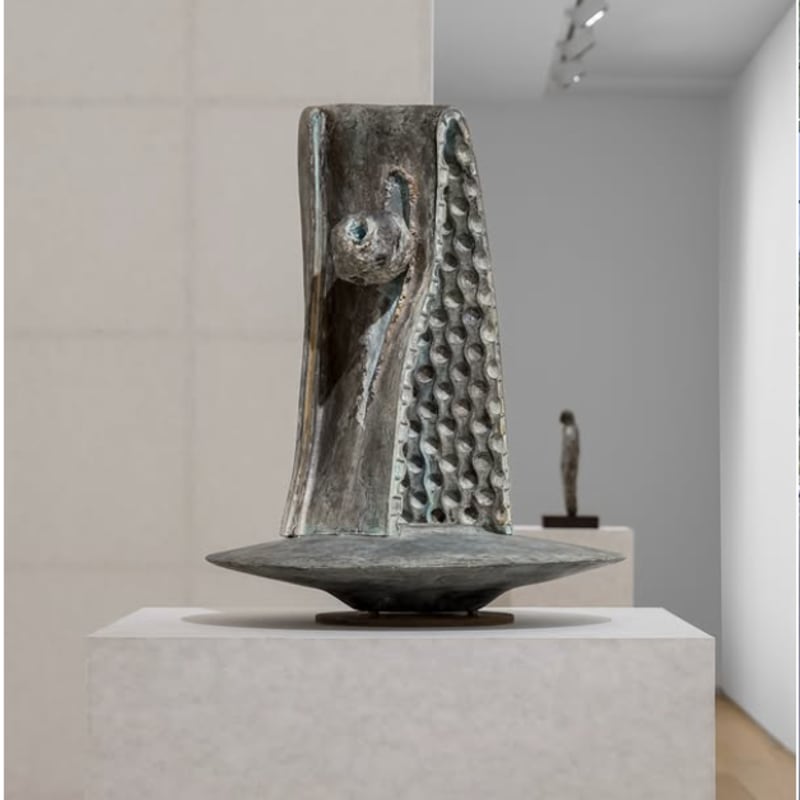Unlike portraits and still lives, the topic landscape, which only really became emancipated in the eighteenth and nineteenth century, is still young and has always been placed among the lower ranks of its genre. After the Entdeckung der Landschaft [Discovery of Landscape] (as the title of a recent exhibition at the Staatsgalerie Stuttgart was) in the Netherlands of the late sixteenth century, it became the genre during Romanticism, offering an aesthetic form of expressing all longings and hopes as well as fears. Before then, the situation for the landscape was »easier and yet harder. Already antique theory merely sees it as a parergon, mere trimmings, a background on the one hand, and with only a very limited right to appear as an independent form on the other« (Werner Busch).
When, in 1802, Philipp Otto Runge proclaimed: »Everyone is feeling an urge to paint landscapes«, he referred to the end of classical historical painting. It is true that Cezanne still painted landscapes in the late nineteenth century and that the origin of Mondrian's abstraction was a simplification of landscape elements, but nevertheless this topic did clearly lose importance.
The thesis of our exhibition is that, in recent years, the landscape has once again become one of the most important topics in contemporary art. We felt that this conspicuous tendency was worth an exhibition that, of course, is only to be regarded as an essay, meant to initiate reflections on the topicality of this genre. Under the title Bucolica, we have gathered sixteen contemporary interpretations of the classical genre landscape. The title of the exhibition refers to Vergil's famous eclogues: it was here that landscape was first given a unique physiognomy and was extensively honoured in literature, establishing the myth of Arcadia.
Our exhibition maintains a balance between young artists, artists from the mid-generation, and established artists. For example, Alex Katz will be represented with a grisaille-type, abstract landscape, as well as Anselm Kiefer with a new material picture dedicated to Paul Celan, Georg Baselitz with a landscape picture paraphrasing the Russian artist Dimitri Oboznenko, Lawrence Weiner with a conceptual work that picks up the tradition of Land Art, and Ilya Kabakov with two works that trace a fictive story of Russian art. Tony Cragg will show a large wooden sculpture that resembles geological structures and has just been completed. As for the mid-generation, Stephan Balkenhol will display two new reliefs, Jean-Marc Bustamante a monumental plexiglass installation, Gerwald Rockenschaub a large wall painting, and Cecily Brown a gestural-figurative painting. Sylvie Fleury will present a new group of sculptures from her Mushrooms work block. The young generation will be represented with new works by Cory Arcangel, Michael Sailstorfer, Tom Sachs, Lisa Ruyter, and Bernhard Martin.


Bucolica—The Contemporary Landscape, Thaddaeus Ropac Salzburg, 2006
Group Exhibition Bucolica—The Contemporary Landscape
22 Juli—28 August 2006
Salzburg Villa Kast
/
Overview
Cory Arcangel | Stephan Balkenhol | Georg Baselitz | Jean-Marc Bustamante | Tony Cragg| Ilya & Emilia Kabakov | Alex Katz | Anselm Kiefer | Imi Knoebel | Bernhard Martin | Rona Pondick | Gerwald Rockenschaub | Lisa Ruyter | Tom Sachs | Andy Warhol | Lawrence Weiner
Unlike portraits and still lives, the topic landscape, which only really became emancipated in the eighteenth and nineteenth century, is still young and has always been placed among the lower ranks of its genre. After the Entdeckung der Landschaft [Discovery of Landscape] (as the title of a recent exhibition at the Staatsgalerie Stuttgart was) in the Netherlands of the late sixteenth century, it became the genre during Romanticism, offering an aesthetic form of expressing all longings and hopes as well as fears. Before then, the situation for the landscape was »easier and yet harder. Already antique theory merely sees it as a parergon, mere trimmings, a background on the one hand, and with only a very limited right to appear as an independent form on the other« (Werner Busch). When, in 1802, Philipp Otto Runge proclaimed: »Everyone is feeling an urge to paint landscapes«, he referred to the end of classical historical painting. It is true that Cezanne still painted...

















































































































































































